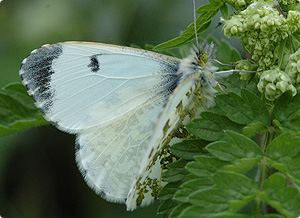Article in Sunday times about woodland walks and bluebells
oak, rowan, birch, beech and sycamore
Judy Woods is near Brighouse in West \Yokshire. I may include birds and animals in my story so have also researched this.
Birds:
Tawny owls are not easy to see at night but by day a roosting one can often be discovered in a suitable evergreen tree in spring when there is less leaf cover elsewhere, roosting close to the trunk or in ivy.Judy Woods is home to a wide variety of birds, some of which can be seen all year round, others as Summer or Winter visitors. The woods provide nesting sites for birds and food in the form of insects and seed. Many of the birds at Judy Woods require holes in trees to nest in, the most obvious being the woodpeckers including the Green and Greater Spotted Woodpeckers. Other birds also rely on these tree holes to nest in including Stock doves, Jackdaw, Nuthatch, and Tawny owl. Even the more familiar birds such as Blue tit, Great tit and Starling make nests inside tree holes. All these birds are present year round at Judy Woods.In the Springtime migrant birds from Africa arrive at the woods to breed and leave before the Winter sets in, these include three warbler species; Chiffchaff, Willow warbler and Blackcap. In recent times winters have been so mild that many Blackcaps have remained in this country rather than migrate back to Africa. As Winter sets in another group of migrant birds make Judy Woods their home to escape harsh winters further north in Scandinavia and continental Europe. The Redwing and Fieldfare, both members of the Thrush family, feed on berries at the edge of the woods and in the fields surrounding them.
Chaffinch singing
Its cascading song is one of the hallmarks of the spring and summer, often dominating the soundscape in many places especially in both broad-leafed and pine woodlands.
The most frequently heard song - which seems to be used for both territorial defence and mate attraction, it is a fairly short phrase both accelerating and descending, it is in 3 parts - starting with a clear "chip-chip-chip" call, then getting faster and descending to a lower level, then a little trill finishing off with a flourish at the end.
Mallard duck and ducklings
Fungi:
Judy Woods has many different varieties of fungi. There is an annual Mushroom Walk (please see 'Events' page), where you can learn all about the different mushrooms that grow in woods.
Orange tip butterfly
Spring butterfly seen from April to June. The male has orange wing tips, the female (pictured) has no orange colour and are mostly white on the uppersides. Both have mottled green on the undersides of the wings. They live for about 18 days.
Wood mouse
Bistort Perennial flower growing to 60cm tall. The pink flower is borne on an unbranched stem
Bracken
Bush vetch
Colts foot (yellow like dandelions)
Cow parsley (white like lace)
Forgetmenots
Hawthorn blossoms (white0
Ladybird
Carpeted blue





















No comments:
Post a Comment